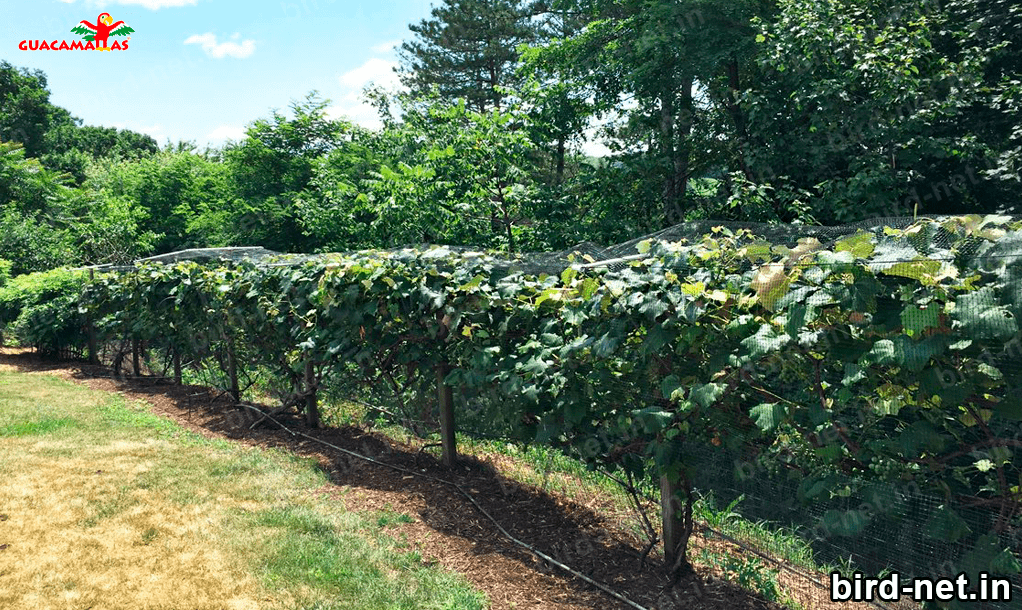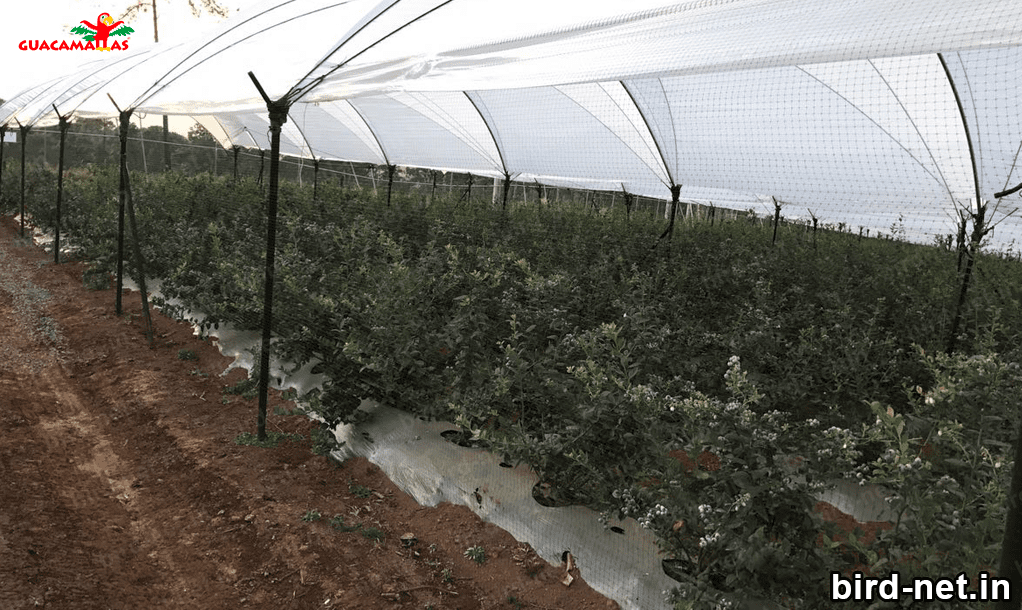The first step in correctly installing bird netting is measuring the area where the netting will be placed.
The first step is to measure the area and once the area is captured, clean the waste.
The next step is to secure the network to the area. This can be done using various methods, such as staples, ties, or clips. It is important to ensure that the net is securely fastened to the area, as a loose or poorly secured net will not be effective in deterring birds. Once the net is secured, the next step is to inspect the entire area to ensure the net is installed correctly. This includes double checking that the netting is securely fastened and that there are no gaps or openings that birds can use to enter.

in the end.
Finally, the last step is to test the net to make sure it is effective in deterring birds. This can be done by watching for birds trying to enter the area or by placing decoys or other objects.
that may attract birds in the area and seeing if the netting can keep them away. In conclusion.
the correct installation of bird netting is essential to ensure that the desired result is achieved and birds are prevented from entering the area.
The steps outlined in this test should be followed to ensure that the net is installed correctly and is effective in deterring birds. Following these steps will help ensure that the bird net is installed correctly and serves its intended purpose.
Protection of horticultural crops
Using bird netting is an effective way to protect fruit and vegetable crops from damage caused by birds. Bird netting is a mesh-like material that is placed over the crop to prevent birds from accessing and eating the crop. Mesh is usually made of a synthetic material such as nylon, polyester or polyethylene and is strong enough to withstand the beaks, talons and talons of birds. Bird nets are a popular choice among farmers as they are relatively inexpensive and easy to install. Using bird netting to protect fruit and vegetable crops has several advantages. Firstly, bird netting prevents birds from consuming the crop and therefore reduces yield loss. Birds can cause significant damage to crops, especially when populations are large. Birds’ beaks and claws can tear the delicate skin of fruits and vegetables and destroy the produce.

This can result in decreased crop yields, which can be costly for farmers. By using bird netting, farmers can protect their crops and ensure maximum yield.
Another great advantage of using bird nets is that they are easy to install and remove. The mesh is light and flexible, making it easy to install on crops without damaging them. Additionally, the net is usually designed with a wide range of sizes to accommodate different crops, so farmers can choose the net size that best suits their needs. Once the net is in place, it can be easily removed when the crop is harvested.
In addition to these advantages, bird nets also offer other benefits to farmers. For example, netting provides a physical barrier between birds and crops.
which can deter birds from accessing the crop and reduce bird-related damage. Additionally, bird nets can also prevent other pests, such as mice and squirrels, from accessing the crop and becoming a nuisance. Despite these many advantages, there are some drawbacks to using bird nets. First of all, purchasing bird nets can be expensive, especially on large-scale farms.
Additionally, bird nets can be difficult to maintain.
and may need to be replaced every few years due to wear and tear. Finally, installing and removing bird netting can be labor intensive and may require additional labor costs to do so. Overall, bird netting is an effective way to protect fruit and vegetable crops from bird damage. Netting provides a physical barrier that prevents birds from accessing and eating the crop, which can help reduce yield loss.
